Pathways to Science
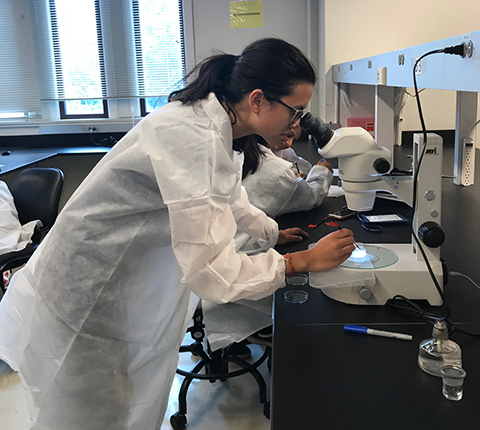

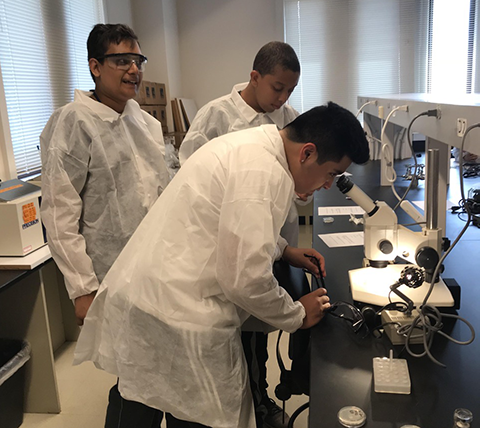
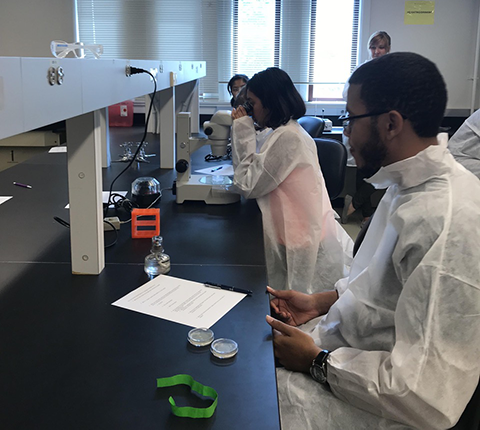
MCDB research groups participate in many of the Pathways to Science programs, giving local students an opportunity to spend time in an actual lab during the summer, or follow a workshop on a particular topic. Programs take place during the summer and once students are accepted to the program, they can remain members until they graduate high school. MCDB students and faculty serve as teachers, course designers, lecturers, hands-on demonstrators, event volunteers, and mentors.
Visual Illusions and the Workings of the Eye
The Clark lab developed a Pathways to Science module using visual illusions as a tool to learn about how our eyes and brain process visual information. As an example, a powerful illusion is captured in this image generated by graduate student Ryosuke Tanaka. If you look at it, it appears as if the circles rotate, even though the image is completely still!
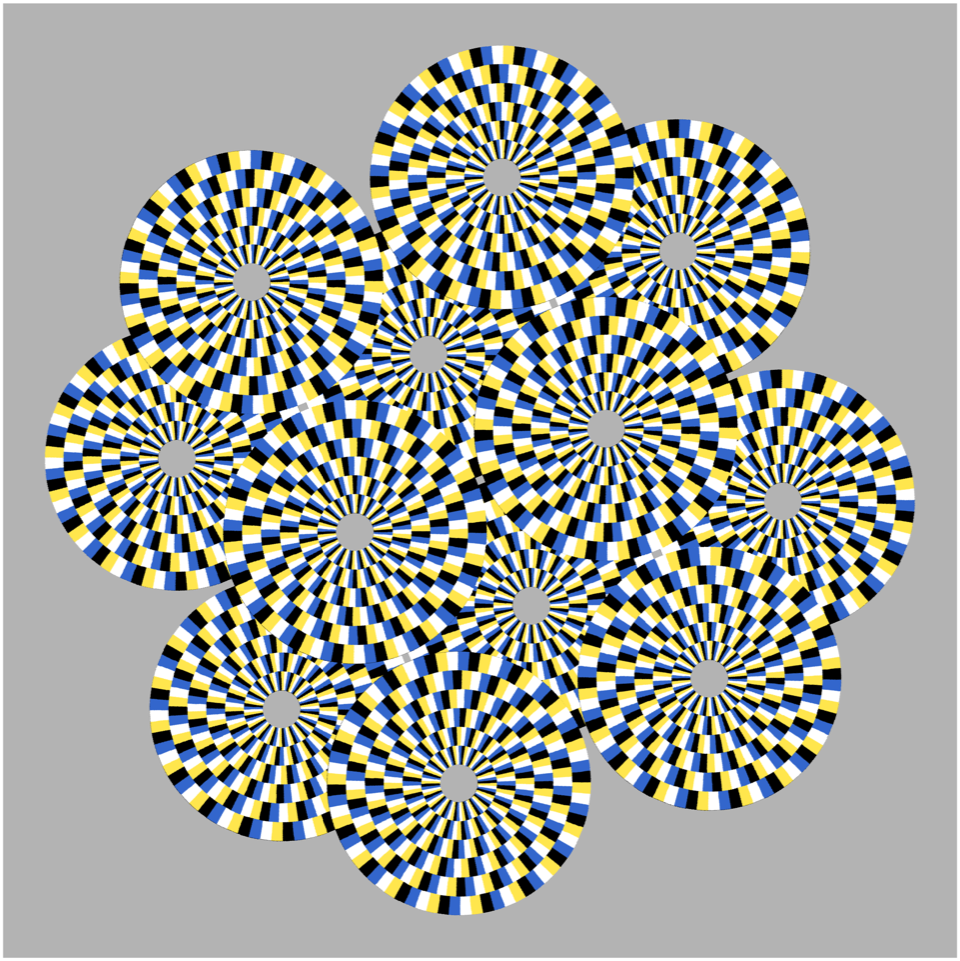
Model Systems in Biological Research: the Mighty Worm
In the context of the Pathways to Science program at Yale, graduate and senior undergraduate students in the Bahmanyar lab developed a five-day lab module that provides hands-on activities to teach how the tiny soil dwelling worm C. elegans can be useful to learn about fundamental principles in developmental biology. C. elegans (or “worms”) are tiny (1mm), transparent, relatively simple organisms with a rapid life cycle that eat bacteria to survive. Despite their seemingly simple nature they have provided significant insights into many areas that include aging, development, and reproduction. By utilizing the simplicity of this exquisite organism we provide a lens into the daily life of a scientist and inspire students to think about outstanding questions that could be addressed using the toolbox provided by C. elegans.
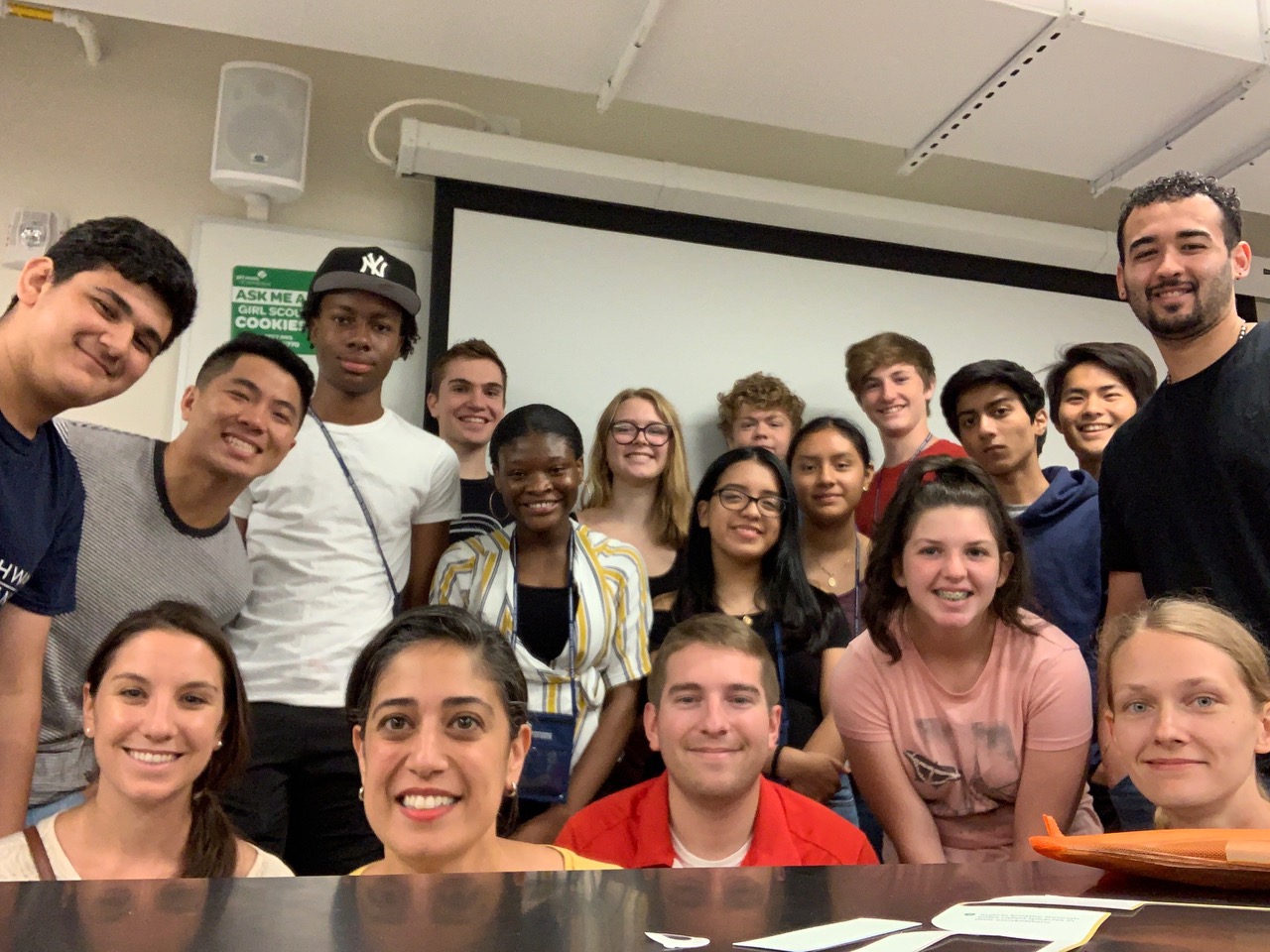
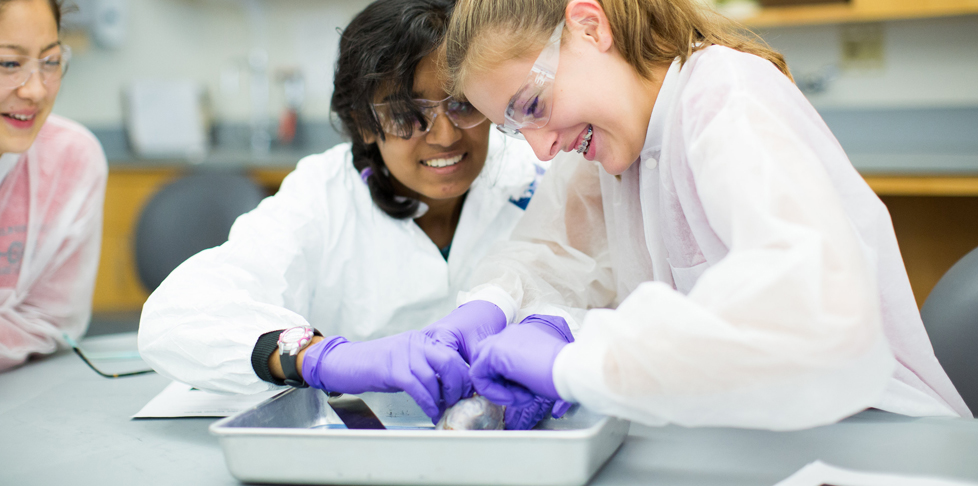
Pathways to Science Programming